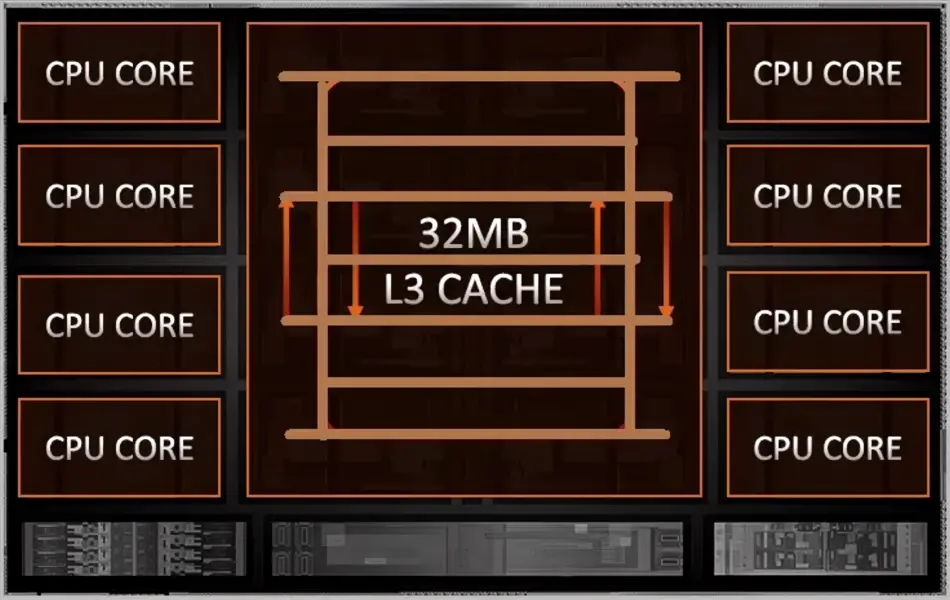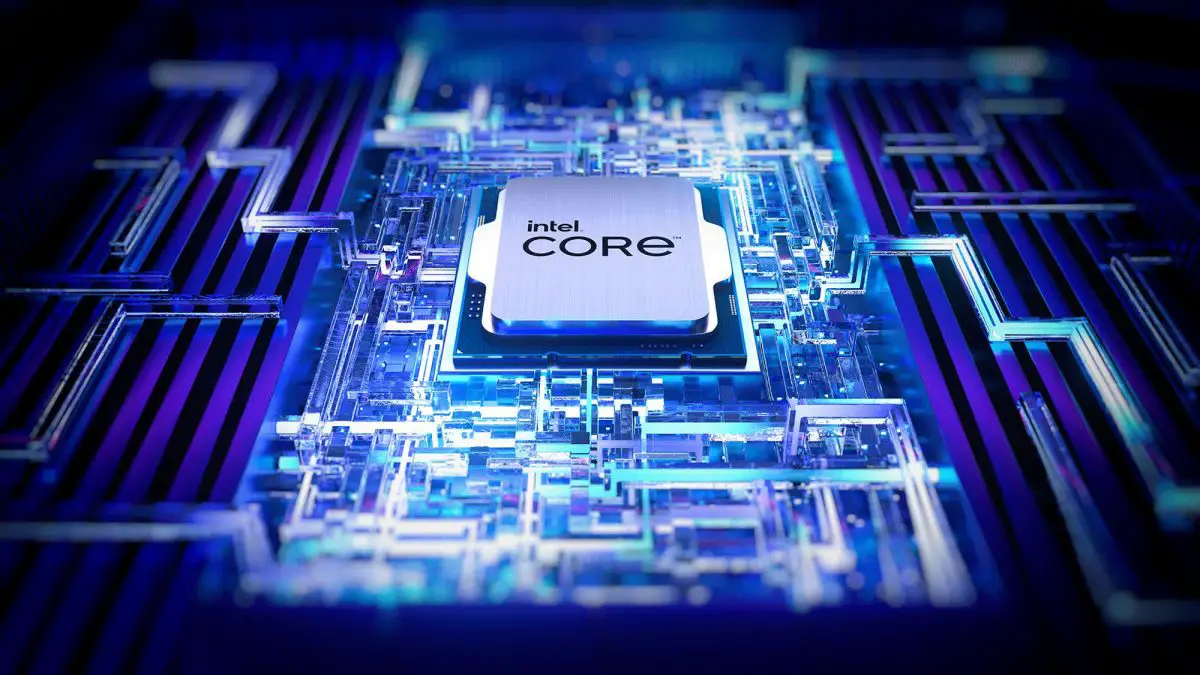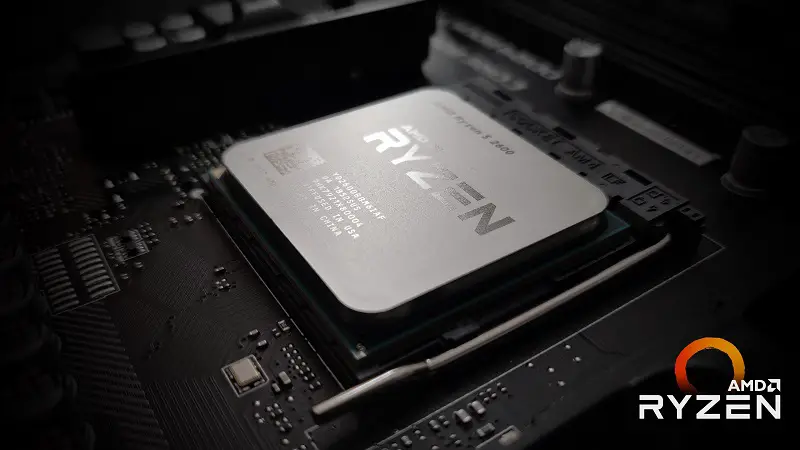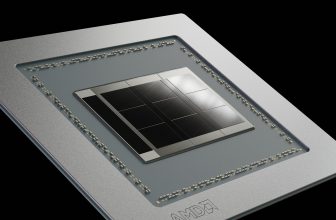For seven generations straight, Intel kept the same core and thread counts across all the Core processors as AMD was hardly catching up with FX CPUs.
As soon as AMD launched Ryzen 1st generation family, Intel suddenly made big decisions by giving the 8th gen Core processors a few more cores or it would have been disastrous for Intel as from the very first generation, the Ryzen CPUs brought a good core/thread configuration and AMD was just getting warmed up.
The improvements by Intel quickly escalated in every generation where Intel moved on from just 2 cores and 4 threads on the Core i3 to 4 cores and 8 threads and the higher-end chips got an even bigger increase in core count with the adaptation of Performance and Efficient cores since the launch of Alder and Raptor lake families.
In this course, AMD kept its core and thread count exactly the same in all 5 desktop Ryzen generations including the latest Zen 4-based Ryzen 7000. This helped out Intel to gain an advantage in productivity since now the Core processors are featuring way more cores and threads compared to AMD counterparts.

Zen 5 Ladder Cache Design
Considering this you might be thinking that AMD must have some plans to increase the core count in the next generation but unfortunately, this is not the case.
In a recent interview with Techpowerup, AMD revealed its plans for Zen 5-based Ryzen 8000 CPUs as well as its plans for leveraging power from Artificial intelligence. As I said before, in the interview, AMD’s vice president David was asked about whether they are repeating Intel’s mistake of stagnating on the current core count, and to that he answered that the problem with increasing the core count is linked to memory bandwidth.
He said that they are currently looking into solving this issue before increasing the core count and this is why the leaks of Zen 5-based CPUs having the same core/thread count are likely to come true.
That said, according to AMD, it’s not meaningful for the company to base their Ryzen roadmap entirely on increasing the core count and they hope that in the near future, they are going to increase the core count along with providing better memory compatibility in order to maximize the performance.
One thing which I thought was interesting is how AMD’s VP was constantly emphasizing on making Zen 5 CPUs as soon as possible.
This could be due to the pressure AMD is feeling from Intel as the blue team is already prepared to launch Raptor Lake Refresh in October followed by Meteor Lake before this year ends. Not only that but Arrow Lake will soon follow Meteor Lake which is almost guaranteed to come on the desktop and this is definitely putting AMD under more pressure to finalize Zen 5 as soon as possible.

However, there is one big problem that AMD hasn’t solved yet. Unlike Intel which has brought a hybrid architecture for Alder and Raptor Lake CPUs, AMD doesn’t have such a design for the next-gen CPUs that could compete with high-core count Intel chips.
When David was asked about it, he said that they have looked at different core types but they don’t think that P and E cores will work for them. This is because two types of cores will have different Instruction Set Architecture which makes it complicated to distribute the right workload on the right cores consistently.
No doubt that AMD has already created Zen 4 and Zen 4C which are a little different from each other but they are almost identical to each other in many aspects due to which they don’t have different ISA-like Performance and Efficient cores on Intel chips.
AMD says that they don’t think the desktop is the right area to implement such a chip design but laptops will be a much more practical platform due to power constrained environment.










